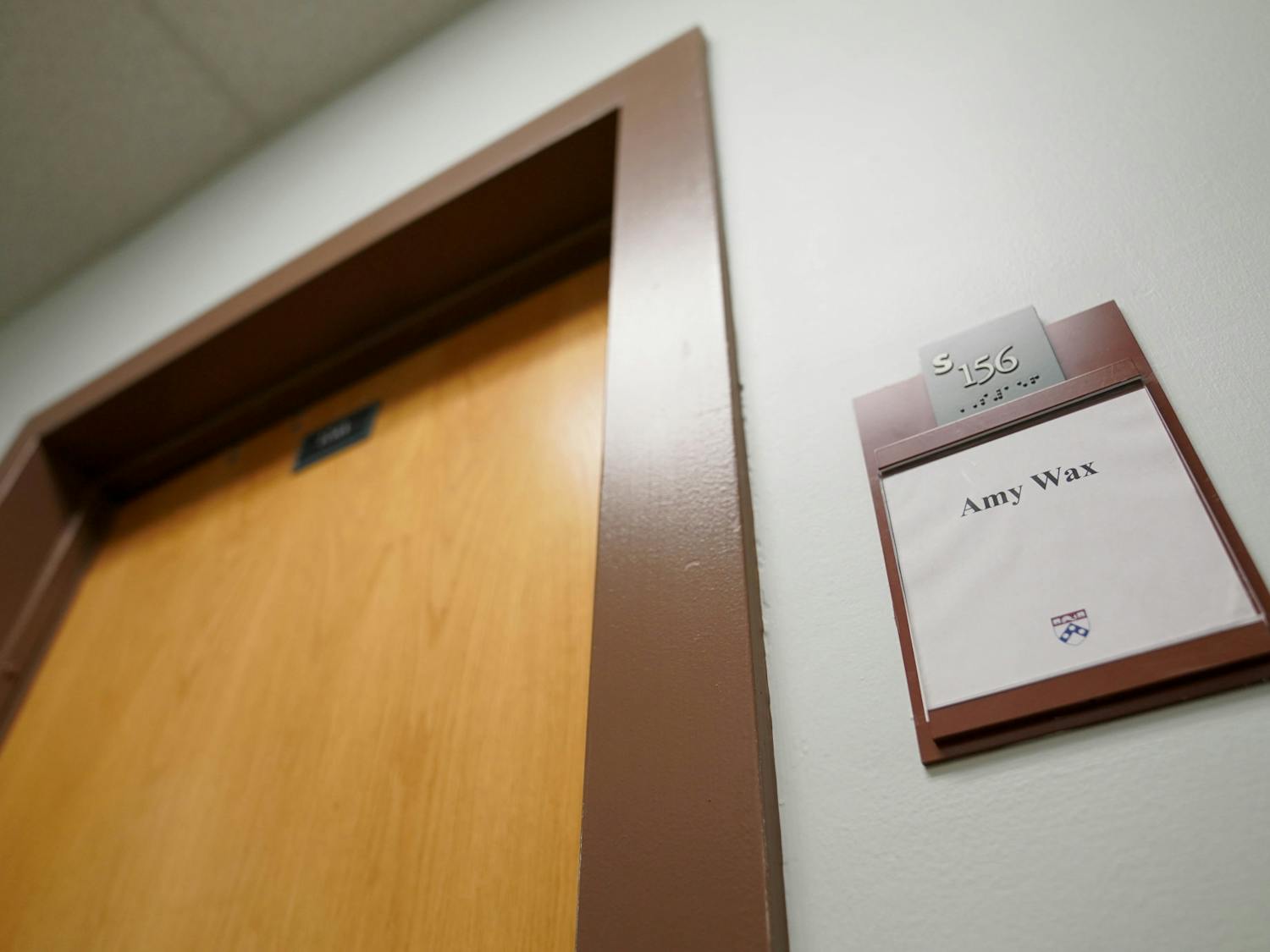At Columbia University, every student must read Shakespeare. But at Brown University, a student can graduate without ever opening a math textbook.
With Ivy league graduation requirements spanning a wide spectrum, officials say the curriculum planned for Penn's incoming freshmen falls somewhere in between.
"The approach that we've taken toward requirements at Penn in the last 20 years has been somewhere on a continuum between, on the one extreme, a core curriculum, and, at the other extreme ... no requirements at all," said Kent Peterman, the College of Arts and Sciences director of academic affairs.
But views in the Ivy League on compulsory study are far from uniform.
Some schools -- like Columbia University -- favor a strong core curriculum, which requires every arts and sciences undergraduate to take several specific classes.
On the other end of the spectrum, Brown University has an "open curriculum," in which undergraduates have complete academic freedom outside of their majors.
Although Brown and Columbia often stand out in debates over curriculum structure, Peterman says Penn's new undergraduate curriculum balances academic freedom and administrative guidance.
And administrators add that the College curriculum's new focus on interdisciplinary study sets it apart.
Members of the College Class of 2010 will take classes in the existing seven requirement sectors, but will also be required to take a "cross-cultural analysis" course that examines global issues across several departments.
And as administrators decide in the coming months which courses will fulfill each sector, they promise that students will have a variety of ways of meeting requirements.
At other Ivy League schools, however, approaches differ.
According to Brown Associate dean Armando Bengochea, Brown's "open curriculum" fosters academic choice and student initiative.
The opposite of a Brown education, then, is a Columbia education, where all students are required to take a set of pre-determined literature, humanities, arts and sciences courses.
Columbia Associate Dean Deborah Martinsen said that the the courses students take together during their first two years is one of the school's greatest strengths.
"At any point during your career at Columbia, you and a thousand other students are engaged in the same texts, discussing the same issues, and so there's tremendous cross-fertilization," Martinsen said.
And although the curricula at Penn, Brown and Columbia represent three very different approaches to a liberal arts education, all three represent the evolution of long-standing academic traditions.
Brown's Bengochea and Columbia's Martinsen both said that their curricula have undergone changes over the years but have not completely strayed from their original intents.
Peterman said that in approving the recent curriculum changes, Penn has also stayed true to the initial 1987 version of the current curriculum.
He added that he doesn't expect Penn's core educational goals to change. "A very deliberate decision ... was made to adopt this new curriculum," he added.
Penn stacks up - The College requirements for the Class of 2010 will comprise seven sectors that can be satisfied with a variety of courses - The number of requirements is moderate compared to core curricula some Ivy schools, like Columbia - Other universities, like Brown, have open curricula with fewer requirements than Penn does








